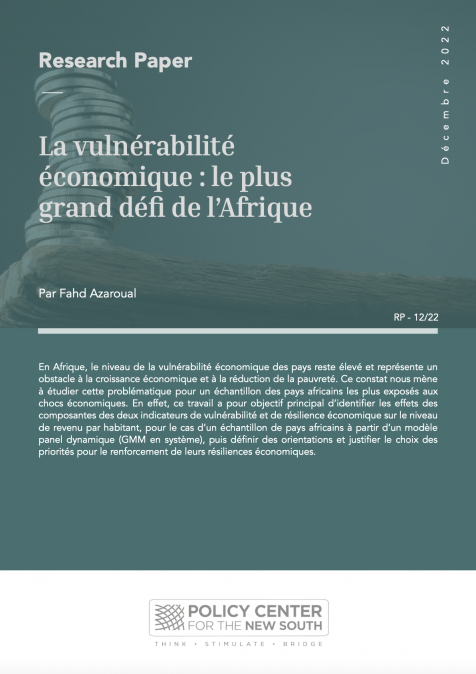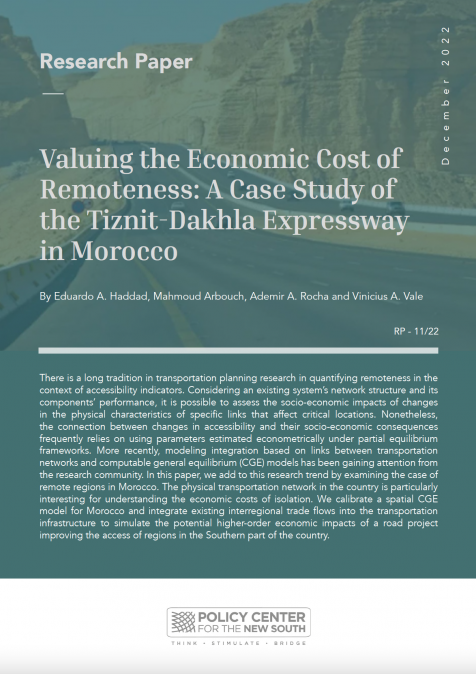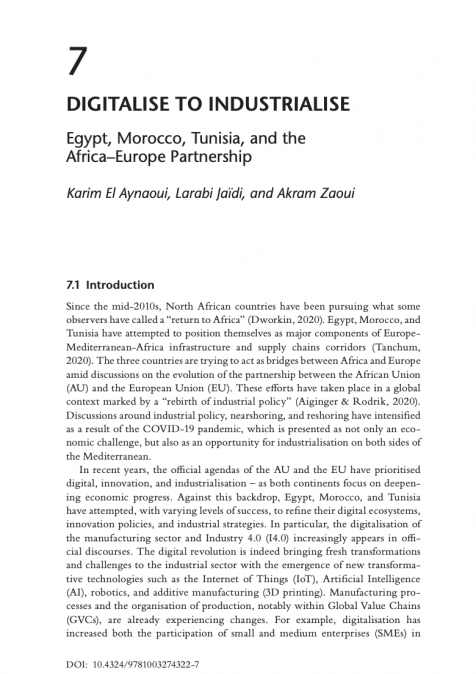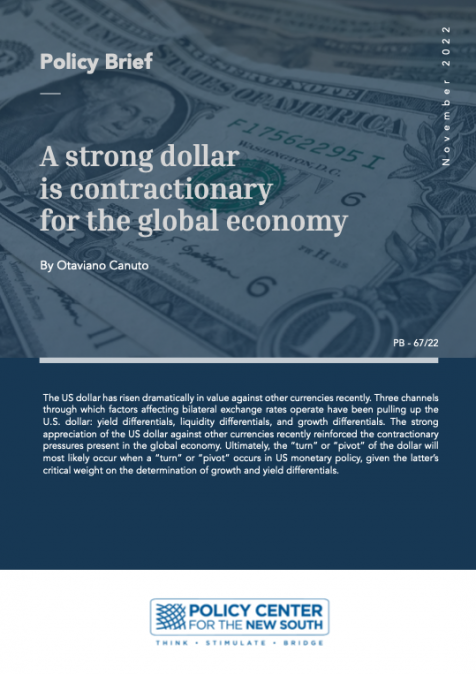Publications /
Opinion
The music was as dramatic and emotional as the adventure. Dennis Tito, named by BBC news “the spaceman” (April 28, 2001) on his personal way to heaven—for him the International Space Station (ISS)408 kilometers above earth .The American mega-investor, who paid about 20 million dollars to realize the “dream born in a poor child”, surviving with his Italian family of immigrants in the New York borough Bronx, drowned the noise of the lifting rocket by opera music of his choice, Aida and her lover Ramadès, their final aria before dying together in glorious Egypt.
The sounds of Giuseppe Verdi’s oeuvre reached the space traveler through his earphones, enlightening Tito’s seven days, 22 hours and four minutes in space, during which he orbited earth 128 times. For his historic flight on April 28, 2001, the first ever paying space tourist, Tito, born in 1940,whose company invested trillions of dollars for clients on international financial markets, had tried to convince NASA, the American space administration, to allow him to travel by the U.S. Space Shuttle to the space station, but NASA director Daniel Goldin turned him down, fuming: “Space is not about egos.”Tito not only had a dream, he was obsessed. He studied astronautics and aeronautics, worked as a scientist at the Jet Propulsion Laboratory in Pasadena, California, where NASAandTito worked on plans of how to conquer Mars, before he turned his attention from planets to wealth management.
In March 2003,a few weeks after the U.S. Space Shuttle Columbiadisintegrated as it re-entered the atmosphere, killing all seven crew members, I met Dennis Tito and his friend, Apollo 11 astronaut Buzz Aldrin(in 1969, the second man in history to step onto the moon) at Tito’s home. The space tourist had invited singers and managers of the LA Opera, who had supported his space adventure with enlightening and melancholic sounds. “For the time being, the dream of space tourism has come to an end”, said space veteran Aldrin(Der Spiegel, March 28, 2003).For years “nothing will happen anymore” said the space hero, today 91 years old and living in New Jersey. NASA grounded its aging fleet, and the Russians would fly American astronauts on their Soyuz rockets into space, meaning no seats available, regardless how much money was offered by space aficionados for a ride towards the stars or around the moon.
There’s a New Space Race Underway
After the Space Shuttle returned to service in July 2005, an American-Iranian business woman, Anousheh Ansari, became a space tourist, in April 2007, Charles Simonyi, an American businessman of Hungarian descent, became the first repeat space traveler the Canadian owner of Cirque de Soleil, Guy Laliberté, followed Tito, visiting the ISS, named by The Guardian (September 30, 2009) as the “first clown in space”.
Since the Space Shuttle was retired in 2011, noted Wiki/space, “Soyuz once again became the only means of accessing the ISS, and so tourism was once again put on hold”. Now, almost two decades after the Columbia tragedy, ”there’s a new space race underway”, reported the Los Angeles Times (July 9, 2021), not referring to Moscow, Washington, and Beijing, but to a trio of billionaires, trying to conquer space, Mars included, or at least the tourist business. They are Sir Richard Branson, a British magnate, founder of the Virgin Group, and worth an estimated $5 billion; the South Africa born Elon Musk (Tesla Inc and Space X), presently the second richest man in the world (estimated$172 billion); and Jeff Bezos (Amazon and Blue Origin), worth about$200 billion. Their attempts to conquer space and driven by visions like Musk’s, who wants to reach Mars with his Space X rockets, and iseven contemplating his own death on the red planet.
“Musk is totally about Mars. His passion is to get people to Mars as a backup plan to earth, and to make humanity a multi-planet species”, says Marcia Smith, founder and senior analyst of spacepolicyonline.com. “Bezos is interested in the moon, and in the space between earth and the moon. He wants to move allof the heavy industry off earth and into cislunar space. He talks about re-zoning earth for light industry and habitation so they both are interested in trying to save earth ,because of all the problems earth is having, but they have very different visions as to how it is going to happen.”
According to Eric Berger, author of Lift Off-Elon Musk and the Desperate Early Days that Launched SpaceX,“Branson does not view space as the answer to humanity’s future. He is basically interested in space tourism”. It is almost logical then that the space pioneer, who also founded Virgin Airways, was the first of the billionaire trio to take off in his own space vehicle. On July 11,Virgin Galactic Spaceship Two, with the owner and five crewmates aboard, was transported from a spaceport in New Mexico towards the stars by a large carrier plane. At 50,000 feet the plane detached, and the space craft fired up its rockets and blast up into space at three times the speed of sound, or roughly 2300 miles per hour.
“When the plane reaches the blackness of space”, the L.A. Times reported (July 9, 2021)“the motor will shut off and the plane will hover above earth”. The Branson flight ascended to55.4 miles, skimming the edge of space for three minutes or so of weightlessness. It then returned, after one hour, towards the runway on earth. Billionaire Bezos took off a few weeks later in his Blue Origin craft, reaching 62 miles above earth, which allowed him to claim superiority in his space race with Branson, whose Spaceship Two was seven miles short of space’s borderline (by international standards).
Nevertheless, Branson claims that at least 600 reservations for his space flights have been made, despite the increase in the price of the ticket from $250,000 to $450,000 after his successful and well-publicized trip. We may witness an “ego-fueled competition” as the New York Post wrote(June 28, 2021), “a neck-and-neck battle to see who can win the trio’s own space race”, though Branson’s successful flight into the shadow of space, “is more than just a victory in a space race between billionaires”, observed Aljazeera (July 13, 2021). “It fires the starting gun on a new era that could open space travel beyond government programs to non-professional astronauts-and in doing so, provide yet another boost for a rapidly evolving space economy.”
Historically space has been a domain that solely belonged to the military or to governments and their respective space agencies, like NASA or Russia’s Roscosmos. But in recent years, ”there’s been a paradigm shift with more and more private companies putting hardware into space”,.Nicholas Reimann wrote in Forbes(July 12, 2021):“The driving force behind space travel has shifted away from its long history of massive government projects to private industry over the past few years.Space X’s in May 2020 launch of two NASA astronauts from Kennedy Space Center in Florida marked the first manned launch from US soil since 2011, with Space X becoming the first private company to send astronauts to the International Space Station during the same mission.Musk’s company has since been chosen as the sole companythat will create spacecraft for NASA’s upcoming Artemismission tosend astronautsback to the moon, beating out Blue Originfor the contract.”
Space X, noted Aljazeera (July 13, 2021), “has successfully launched three different astronaut missions into space, bringing down the cost of space travel by millions. Right now a seat on the Crew Dragoncapsule costs NASA an estimated 55 million dollars versus the 90 million NASA was paying per seat to Roscosmos” for a ride on the Soyuz. “Beyond what some might see as vain billionaires using real life rockets as playthings,” commented Richard Luscombe in The Guardian(June 12, 2021) “the episode underscores how close the lucrative yet still fledgling commercial space industry has come to routinely launching paying passengers into outer space and achieving a goal two decades in the making. ”In Mid September the “Space X Inspiration 4 mission” lifted a four member crew of amateur astronauts for three days into orbit; the mission went to an altitude of 360 miles, higher than the International Space Station and the Hubble telescope- their orbital speed reached more than 17000 miles per hour.
The opinions expressed in this article belong to the author.









